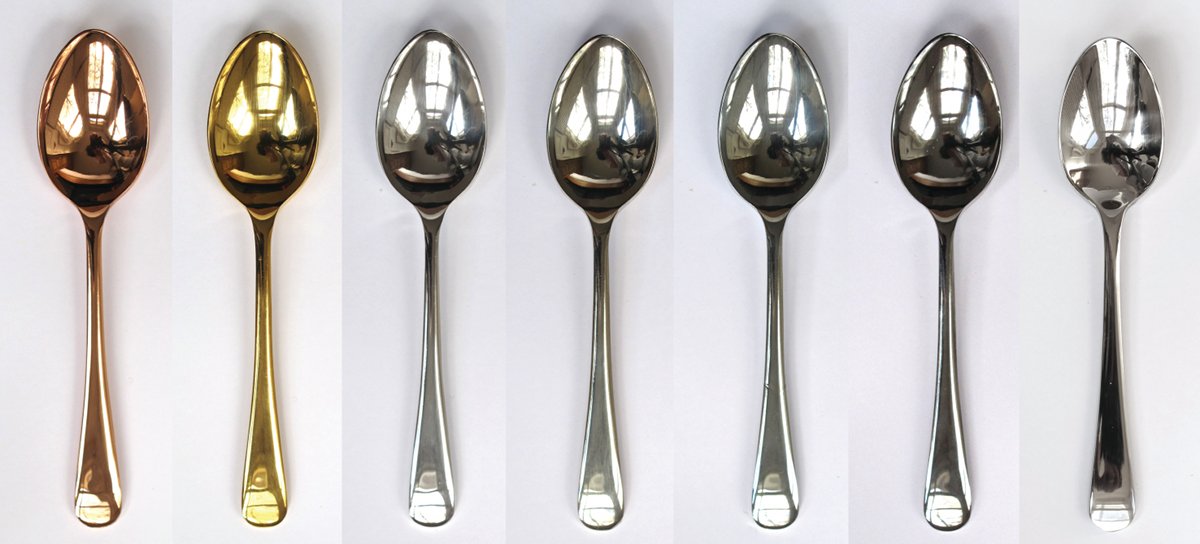Sensoaesthetics on:
[Wikipedia]
[Google]
[Amazon]
 Sensoaesthetics is the application of scientific methods to the study of the aesthetic, sensual and emotional aspects of materials.
Sensoaesthetics is the application of scientific methods to the study of the aesthetic, sensual and emotional aspects of materials.
 Sensoaesthetics is the application of scientific methods to the study of the aesthetic, sensual and emotional aspects of materials.
Sensoaesthetics is the application of scientific methods to the study of the aesthetic, sensual and emotional aspects of materials.
Overview
The purpose of Sensoaesthetics is to understand how people interact with materials, and use that understanding to improve design and incorporatemultisensory integration
Multisensory integration, also known as multimodal integration, is the study of how information from the different sensory modalities (such as sight, sound, touch, smell, self-motion, and taste) may be integrated by the nervous system. A coherent r ...
into the process. Another priority of Sensoaesthetics is to connect the Materials Science community with other disciplines such as Art and the design world, and reverse a perceived eradication of interest in the sensual and aesthetic properties of materials.
The field has been developed by Materials Science academics, Professor Mark Miodownik
Mark Andrew Miodownik () is a British materials scientist, engineer, broadcaster and writer at University College London. Previously, he was the head of the Materials Research Group at King's College London, and a co-founder of Materials Libr ...
and Dr Zoe Laughlin
Zoe Laughlin () is a British artist, maker and materials engineer. She is the co-founder and Director of the Institute of Making at University College London. She is a regular panelist on the BBC Radio 4 show The Kitchen Cabinet. Laughlin was ...
at King's College London
King's College London (informally King's or KCL) is a public research university located in London, England. King's was established by royal charter in 1829 under the patronage of King George IV and the Duke of Wellington. In 1836, King's ...
and UCL, and through the work of the Materials Library at King's College, and the Institute of Making.
Spoon Experiment
The event was held in May, 2012 at Quilon, a Michelin starred Indian restaurant in London, by Zoe Laughlin and Mark Miodownik. The purpose was to study the taste of solid metals, and involved inviting a group of people including chef Heston Blumenthal and food science writer Harold McGee to eat Indian food using seven different freshly polished spoons in copper, gold, silver, tin, zinc, chrome and stainless steel. The tastes of copper and zinc were found to be "bold and assertive, with bitter, metallic tastes". The silver spoon "tasted dull", while the stainless steel had a "faintly metallic flavour". Miodownik observed that the guests were not just tasting the spoons, but eating them, as with every lick they consumed "perhaps a hundred billion atoms". In 2016, a set of the spoons Laughlin designed were included in the new permanent collection of London'sDesign Museum
The Design Museum in Kensington, London exhibits product, industrial, graphic, fashion, and architectural design. In 2018, the museum won the European Museum of the Year Award. The museum operates as a registered charity, and all funds generat ...
and are on display in the Designer Maker User gallery.
See also
*Neuroaesthetics
Neuroesthetics ( or neuroaesthetics) is a relatively recent sub-discipline of empirical aesthetics. Empirical aesthetics takes a scientific approach to the study of aesthetic perceptions of art, music, or any object that can give rise to aesthet ...
* Aesthetics
Aesthetics, or esthetics, is a branch of philosophy that deals with the nature of beauty and taste, as well as the philosophy of art (its own area of philosophy that comes out of aesthetics). It examines aesthetic values, often expressed thr ...
References
Applied aesthetics {{aesthetics-stub